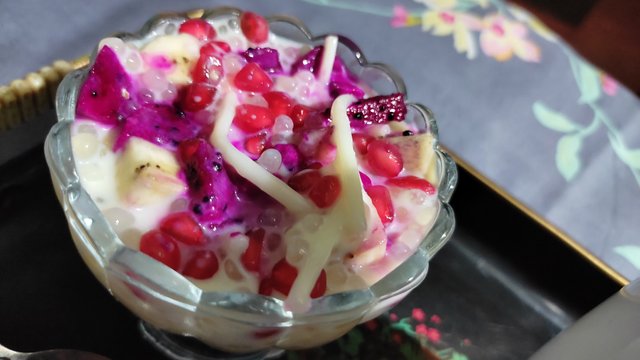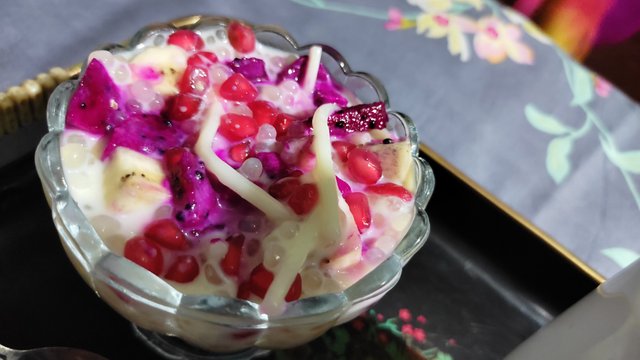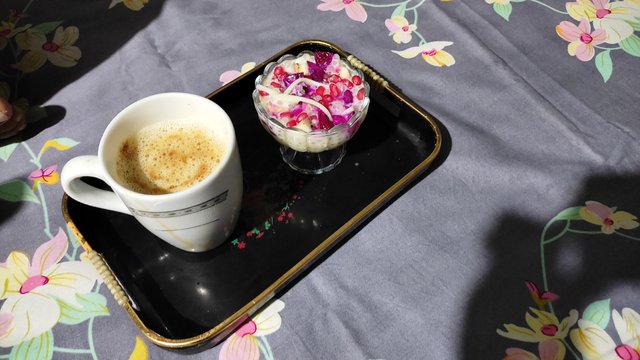The History of Faluda: A Culinary Journey

Faluda, a beloved and refreshing dessert, has a history that stretches back several centuries. This delectable treat originated in the Indian subcontinent, with its roots intertwined in the diverse culinary traditions of the region.
Ancient Origins:
The earliest forms of faluda can be traced back to ancient Persia, where a similar dessert known as "Faloodeh" was popular. Faloodeh was made from starches, water, and rose water, resulting in a chilled noodle-like sweet dish. This Persian delicacy found its way into India through trade routes, influencing the creation of faluda as we know it today.
Mughal Influence:
During the Mughal era in India (16th to 19th centuries), the art of culinary refinement reached new heights. The Mughal emperors were known for their extravagant feasts, and this period played a pivotal role in shaping the cuisine of the subcontinent. Faluda was introduced to the Mughal courts, where it underwent a transformation. The addition of rich ingredients such as milk, sugar, and various nuts elevated faluda's taste and texture, making it a dessert fit for royalty

volution and Regional Variations:
As centuries passed, faluda's popularity continued to grow. It became a cherished dessert not only among the nobility but also among the common people. Different regions of the Indian subcontinent put their own unique twists on the dish. In some places, it was made with vermicelli noodles, while others used rice noodles. The use of regional ingredients like fruits, syrups, and spices further diversified faluda's variations.
Modern Era and Global Spread:
With the advent of refrigeration and transportation advancements, faluda's popularity spread beyond the Indian subcontinent. It became a staple dessert in countries with sizable South Asian communities. Its appeal also transcended cultural boundaries, captivating the taste buds of people from various backgrounds.
Contemporary Delight:
In the modern era, faluda has not lost its charm. It is widely available in restaurants, dessert shops, and households across many countries. Its preparation has been streamlined with the availability of packaged ingredients, making it more accessible than ever. Faluda has also seen creative reinterpretations, including fusion versions that incorporate elements from other cuisines.

Cultural Significance:
Faluda's journey isn't just culinary; it's cultural. It symbolizes the intermingling of cultures, trade routes, and historical influences. It represents the adaptability of traditional recipes as they evolve over time.
From its humble origins in ancient Persia to its prominence in Mughal courts and its global popularity today, faluda's history is a testament to the richness and complexity of culinary heritage. With every chilled, sweet, and colorful spoonful, faluda tells a story that connects generations and cultures.
thanks for supporting me
- ✅https://www.facebook.com/krishanbarii✅
- ✅https://www.facebook.com/Quranisway/✅
- ✅https://www.facebook.com/OHasanAlBanna/✅
Thank you, friend!


I'm @steem.history, who is steem witness.
Thank you for witnessvoting for me.
please click it!
(Go to https://steemit.com/~witnesses and type fbslo at the bottom of the page)
The weight is reduced because of the lack of Voting Power. If you vote for me as a witness, you can get my little vote.